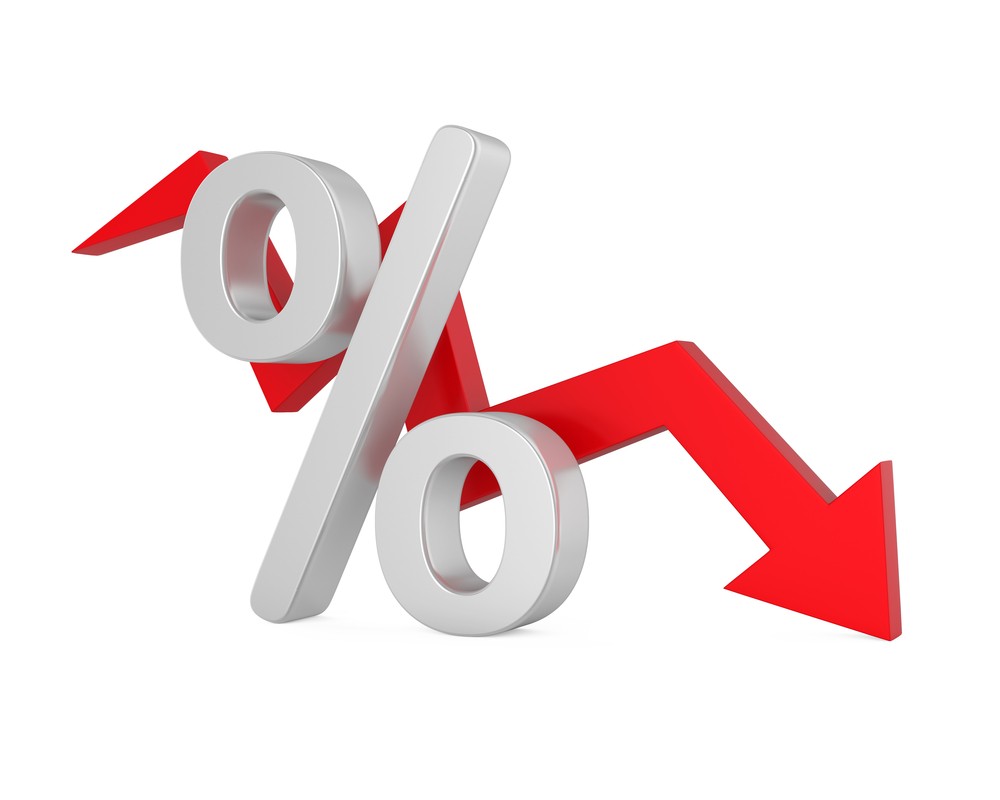Statement by Philip Lowe, Governor:
Monetary Policy Decision
Number: 2020-28 Date: 3 November 2020
At its meeting today, the Board decided on a package of further measures to support job creation and the recovery of the Australian economy from the pandemic. With Australia facing a period of high unemployment, the Reserve Bank is committed to doing what it can to support the creation of jobs. Encouragingly, the recent economic data have been a bit better than expected and the near-term outlook is better than it was three months ago. Even so, the recovery is still expected to be bumpy and drawn out and the outlook remains dependent on successful containment of the virus.
The elements of today’s package are as follows:
- a reduction in the cash rate target to 0.1 per cent
- a reduction in the target for the yield on the 3-year Australian Government bond to around 0.1 per cent
- a reduction in the interest rate on new drawings under the Term Funding Facility to 0.1 per cent
- a reduction in the interest rate on Exchange Settlement balances to zero
- the purchase of $100 billion of government bonds of maturities of around 5 to 10 years over the next six months.
Under the program to purchase longer-dated bonds, the Bank will buy bonds issued by the Australian Government and by the states and territories, with an expected 80/20 split. These bonds will be bought in the secondary market through regular auctions, with the first auction to be held this Thursday for Australian Government securities. Further details of the auctions are provided in the accompanying market notice.
The Bank remains prepared to purchase bonds in whatever quantity is required to achieve the 3-year yield target. Any bonds purchased to support this target would be in addition to the $100 billion bond purchase program.
At today’s meeting, the Board also considered an updated set of economic forecasts. The global economy has been recovering from the initial virus outbreaks, with the recovery most advanced in China. Even so, output in most countries remains well short of pre-pandemic levels and recent virus outbreaks pose a downside risk to the outlook, particularly in Europe.
In Australia, the economic recovery is under way and positive GDP growth is now expected in the September quarter, despite the restrictions in Victoria. It will, however, take some time to reach the pre-pandemic level of output. In the central scenario, GDP growth is expected to be around 6 per cent over the year to June 2021 and 4 per cent in 2022. The unemployment rate is expected to remain high, but to peak at a little below 8 per cent, rather than the 10 per cent expected previously. At the end of 2022, the unemployment rate is forecast to be around 6 per cent.
This extended period of high unemployment and excess capacity is expected to result in subdued increases in wages and prices over coming years. In underlying terms, inflation is forecast to be 1 per cent in 2021 and 1½ per cent in 2022. In the most recent quarter, year-ended CPI inflation was 0.7 per cent and, in underlying terms, inflation was 1¼ per cent.
The Board views addressing the high rate of unemployment as an important national priority. Today’s policy package, together with the earlier measures by the RBA, will help in this effort. The RBA’s response is complementary to the significant steps taken by the Australian Government, including in the recent budget, to support jobs and economic growth.
The combination of the RBA’s bond purchases and lower interest rates across the yield curve will assist the recovery by: lowering financing costs for borrowers; contributing to a lower exchange rate than otherwise; and supporting asset prices and balance sheets. At the same time, the RBA’s Term Funding Facility is contributing to low funding costs and supporting the supply of credit to the economy. To date, authorised deposit-taking institutions have drawn $83 billion under this facility and have access to a further $104 billion.
Given the outlook for both employment and inflation, monetary and fiscal support will be required for some time. For its part, the Board will not increase the cash rate until actual inflation is sustainably within the 2 to 3 per cent target range. For this to occur, wages growth will have to be materially higher than it is currently. This will require significant gains in employment and a return to a tight labour market. Given the outlook, the Board is not expecting to increase the cash rate for at least three years. The Board will keep the size of the bond purchase program under review, particularly in light of the evolving outlook for jobs and inflation. The Board is prepared to do more if necessary.
Source: Reserve Bank of Australia, 3 November 2020, https://www.rba.gov.au/media-releases/2020/mr-20-28.html
Enquiries
Media and Communications
Secretary’s Department
Reserve Bank of Australia
SYDNEY
Phone: +61 2 9551 9720
Email: rbainfo@rba.gov.au

